The 1980s was a decade known for bold trends, bright colors, and the rise of new technologies. Many of the innovations that gained popularity in this era were seen as revolutionary and promised to make life easier and more efficient. However, as time has passed, some of these 1980s home innovations have become outdated or impractical. Let’s take a look at a few features that seemed like a good idea at the time but haven’t aged as well.
1. Neon Accents
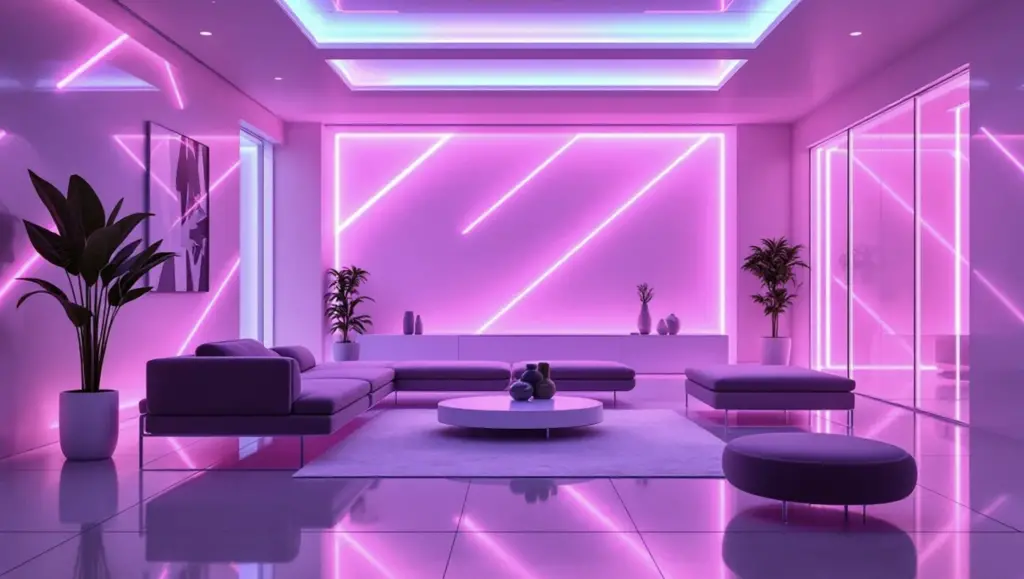
Neon accents were all the rage in the 1980s, offering vibrant colors and a sense of energy that matched the decade’s bold style. These bright and eye-catching hues were often used in home decor, from neon signs to lighting fixtures. At the time, they were seen as a fun way to add personality and a sense of excitement to a room. However, neon quickly became associated with outdated, kitschy decor and is now rarely seen in modern homes.
While neon colors were once considered cool, they are now seen as garish and distracting. Today, homeowners prefer more subdued and sophisticated color palettes that enhance the aesthetic without overwhelming the space. As home design trends have evolved toward a more minimalist approach, neon accents have become one of the most glaringly outdated elements of 1980s interiors.
2. Wall-Mounted Telephones
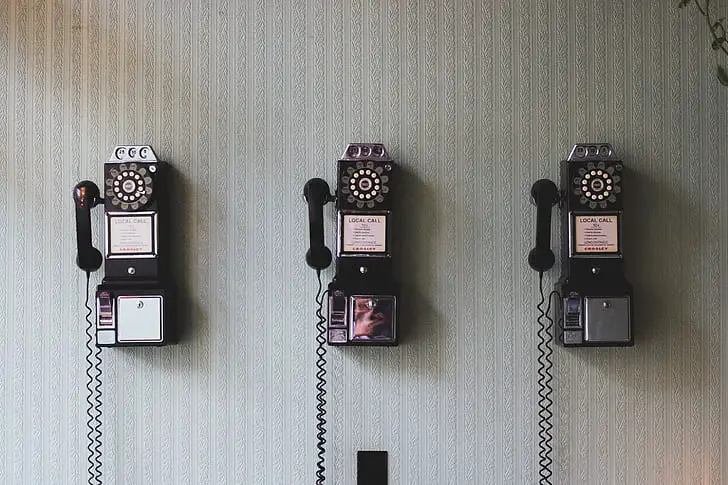
Wall-mounted telephones were once a common feature in homes, providing a practical solution to the growing need for communication. These phones were often installed in kitchens or hallways, making it easy for everyone in the household to use them without needing to sit at a desk. At the time, it was a revolutionary way to keep the phone accessible while maintaining a neat, organized space.
However, with the advent of mobile phones, the need for wall-mounted phones has disappeared. People now prefer the flexibility of carrying their phones with them wherever they go, and the idea of being tethered to a specific location is no longer practical. Wall-mounted telephones, once a symbol of convenience, have become an obsolete feature in modern homes.
3. Central Vacuum Systems
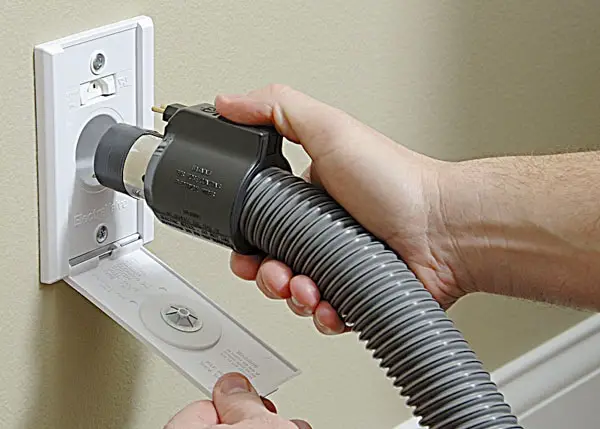
Central vacuum systems were marketed as a revolutionary cleaning solution for the modern home. These systems were installed directly into the walls of a house, with outlets placed in various rooms that connected to a central unit in the basement or garage. They were designed to make vacuuming more efficient by reducing the need to carry a vacuum cleaner from room to room.
While central vacuums may have been an innovative idea at the time, they are now seen as bulky and unnecessary. With the advent of lightweight, cordless vacuum cleaners, homeowners no longer need to rely on an installed system that takes up valuable space. The complexity and expense of installing and maintaining a central vacuum system have led many to abandon this once-popular innovation in favor of more portable and convenient cleaning solutions.
4. Brightly Colored Bathroom Fixtures
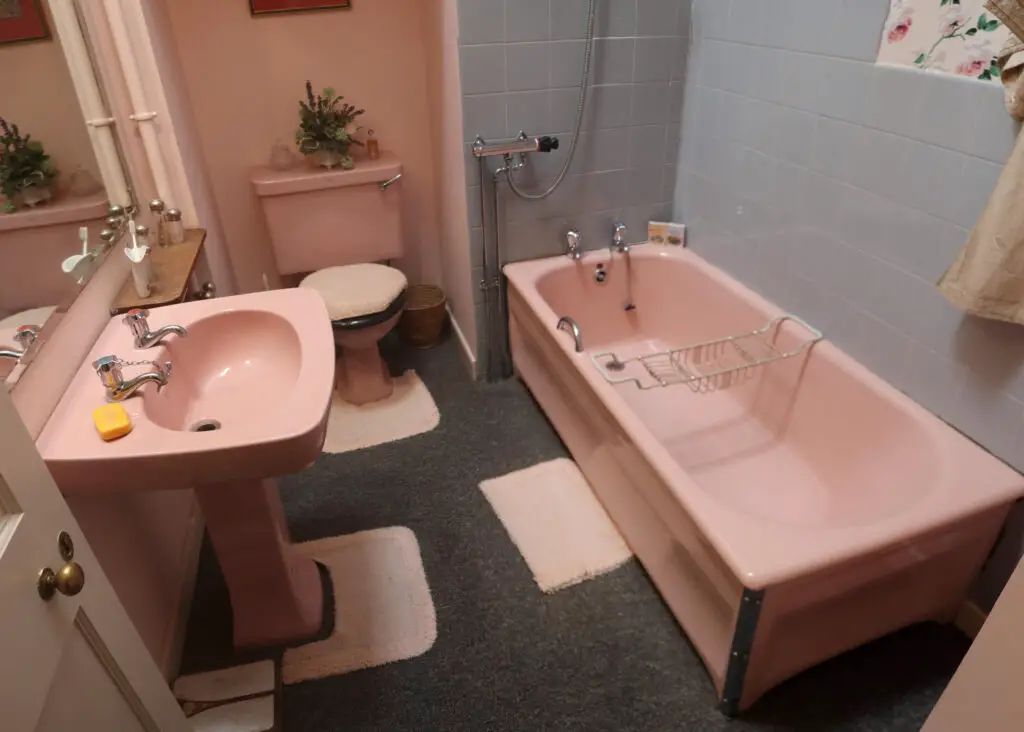
In the 1980s, bathrooms were often decorated with bold and bright-colored fixtures, such as pastel pink, turquoise, and mustard yellow sinks, bathtubs, and toilets. These colors were seen as fun and fresh, adding personality to the often-overlooked bathroom space. At the time, it seemed like a great way to make a statement and break away from the traditional white fixtures that dominated bathrooms.
However, these bright colors quickly became associated with outdated design trends. As time went on, more neutral, classic colors like white, gray, and beige became the preferred choices for bathroom fixtures. The once-popular pastel-colored toilets and sinks are now often seen as a design faux pas, with many homeowners opting to replace them with more timeless and versatile options.
5. Popcorn Ceilings
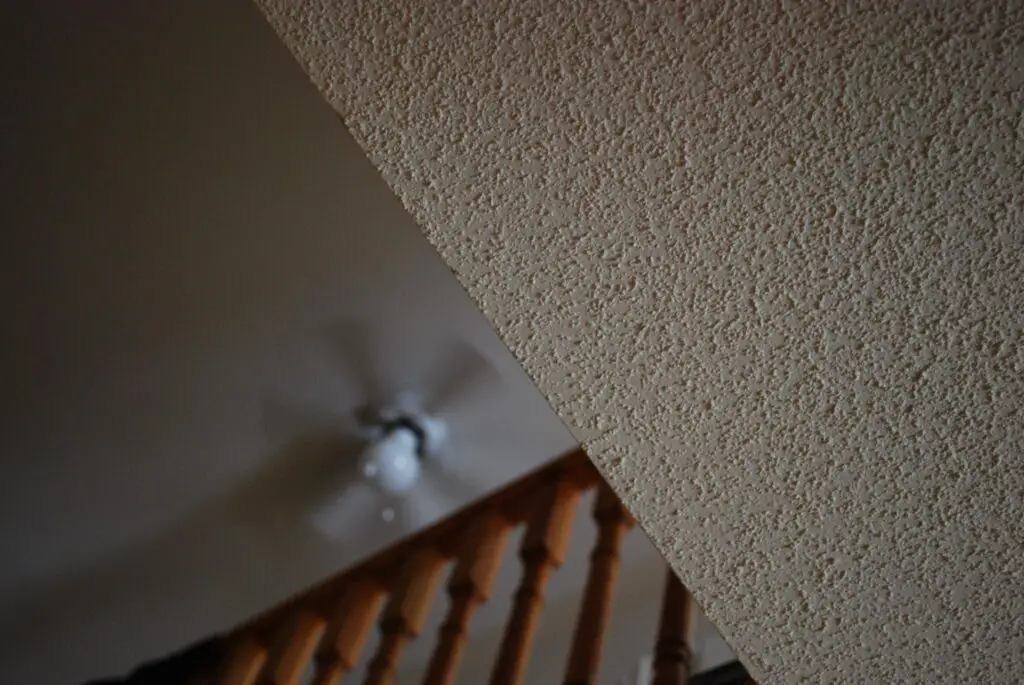
Popcorn ceilings, also known as acoustic ceilings, were a staple of 1980s home design. They were often used to hide imperfections in the ceiling and provide a soundproofing effect. These textured ceilings were easy to apply and inexpensive, making them a popular choice for new homeowners looking to add a quick update to their space.
However, popcorn ceilings quickly became a design nightmare. Not only did they accumulate dust and cobwebs, making cleaning a challenge, but many older popcorn ceilings also contained asbestos, posing a potential health risk. Today, smooth, flat ceilings are preferred for their modern look and easy maintenance, and popcorn ceilings are often removed during home renovations.
6. Glass Block Walls
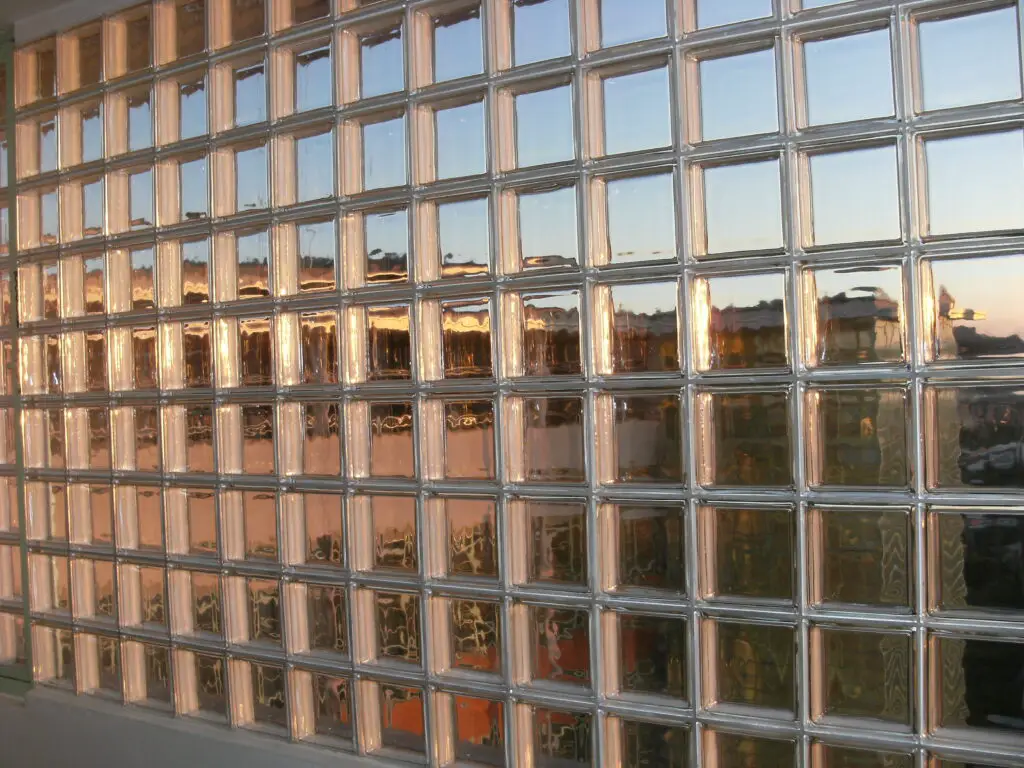
Glass block walls were a popular feature in the 1980s, often used in bathrooms or as room dividers. These translucent blocks were believed to offer a modern, stylish look while still allowing light to flow through the space. At the time, they were seen as a way to add privacy without sacrificing natural light.
However, glass block walls have not stood the test of time. The bulky, industrial look of glass blocks is now considered outdated, and they often disrupt the flow of a room. With the rise of more modern design features, such as frosted glass or sleek partitions, glass block walls are no longer a common choice in contemporary interiors.
7. Waterbeds
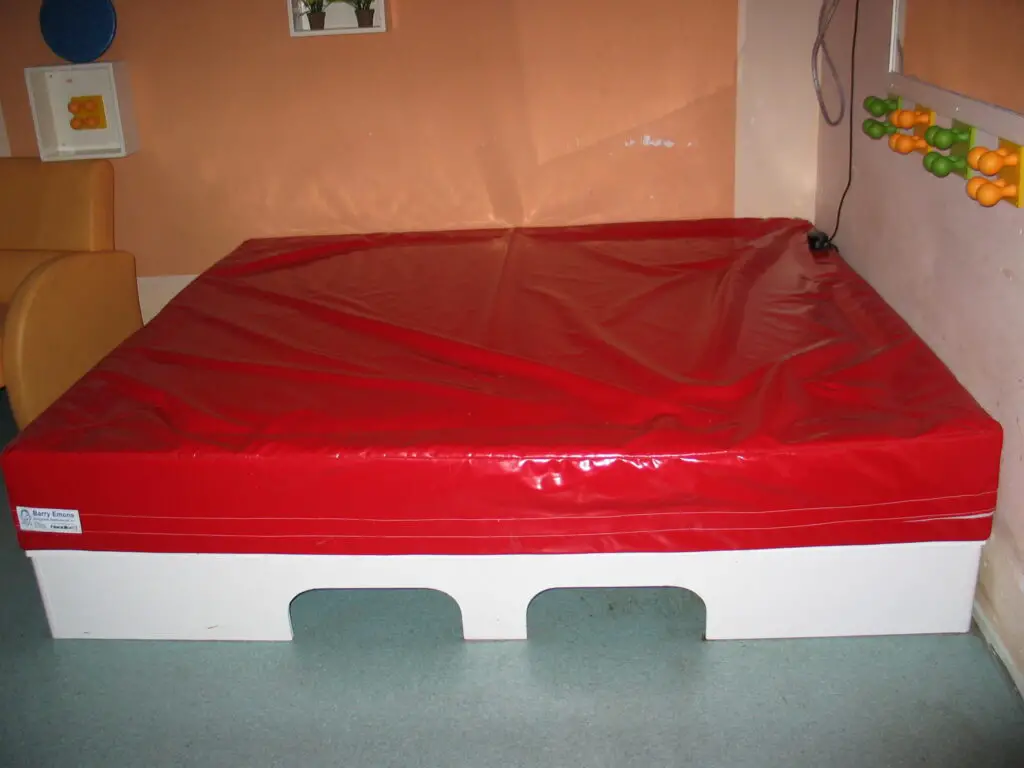
Waterbeds were a hugely popular trend in the 1980s, offering a unique sleeping experience with their cushioned, wave-like motion. They were marketed as providing superior comfort and support, and many people thought they were the ultimate upgrade in bedroom furniture. Waterbeds were often seen as a sign of luxury, and their popularity soared during the decade.
However, as time went on, people began to realize the drawbacks of waterbeds. They were difficult to move, required maintenance to prevent leaks, and were often prone to becoming too hot or too cold. Today, waterbeds have been largely replaced by more conventional mattresses, which offer greater comfort and convenience without the hassle of maintenance.
8. Laminate Countertops
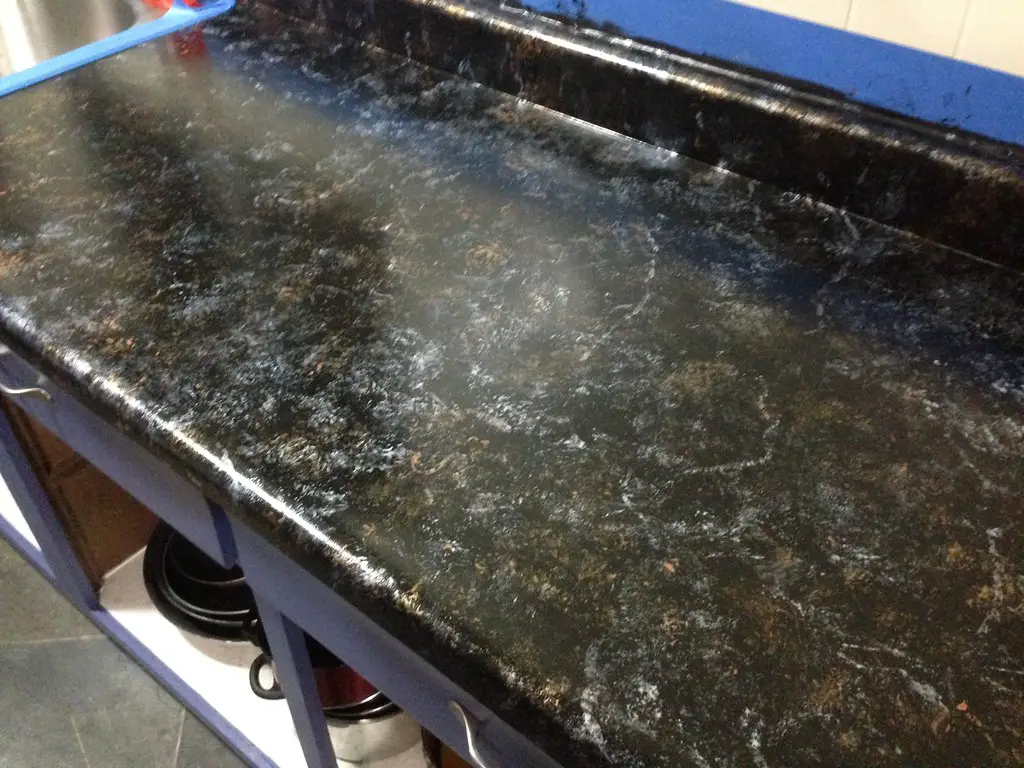
Laminate countertops were once a popular choice for kitchens and bathrooms due to their affordability and variety of patterns and colors. In the 1980s, laminate was seen as an attractive and cost-effective alternative to more expensive materials like granite or marble. It came in a wide range of designs, including faux wood and stone finishes, making it easy for homeowners to find a style that suited their taste.
However, laminate countertops quickly showed signs of wear and tear, with scratches, burns, and chips becoming common problems. As newer, more durable materials like quartz and granite gained popularity, laminate countertops began to lose their appeal. Today, laminate is often considered an outdated choice, and many homeowners opt for more durable, high-end surfaces in their kitchens and bathrooms.
9. Brass Fixtures
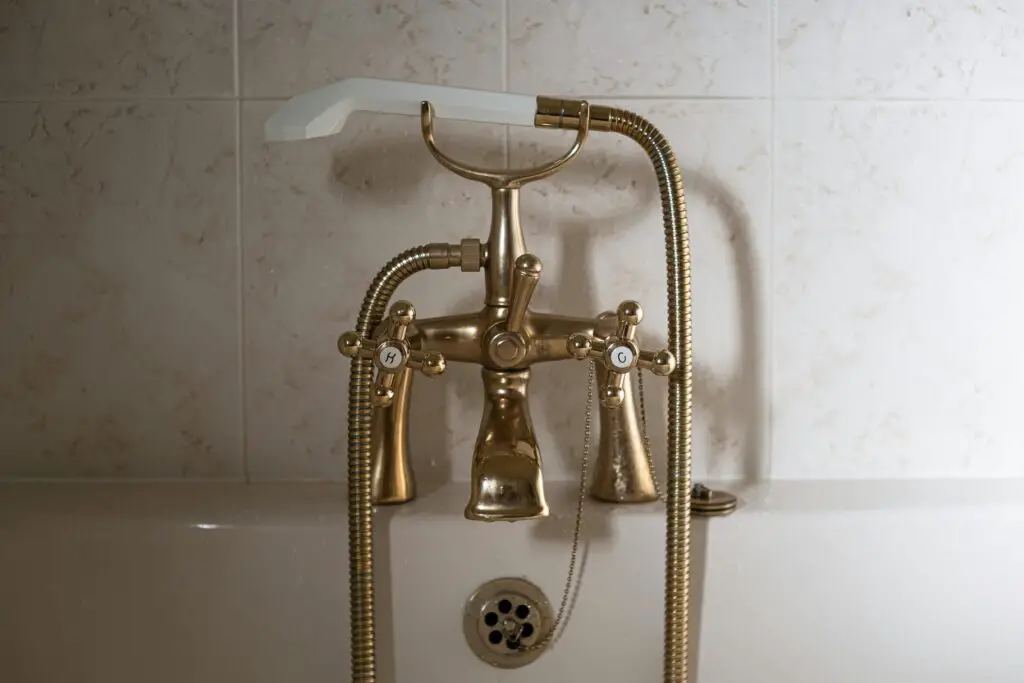
Brass fixtures were incredibly popular in the 1980s, often used for everything from door handles to light fixtures and faucets. The warm, golden tone was seen as luxurious and elegant, giving homes an upscale feel. Many homeowners embraced the trend, believing that brass hardware added timeless sophistication to their interiors.
However, brass fixtures have since fallen out of favor due to their tendency to tarnish and lose their shine over time. The bright, shiny gold finish that once seemed stylish is now considered overly flashy and dated. Today, more subtle, modern metals like stainless steel, matte black, and nickel are preferred for fixtures, offering a more contemporary and low-maintenance alternative.
10. Wood Paneling
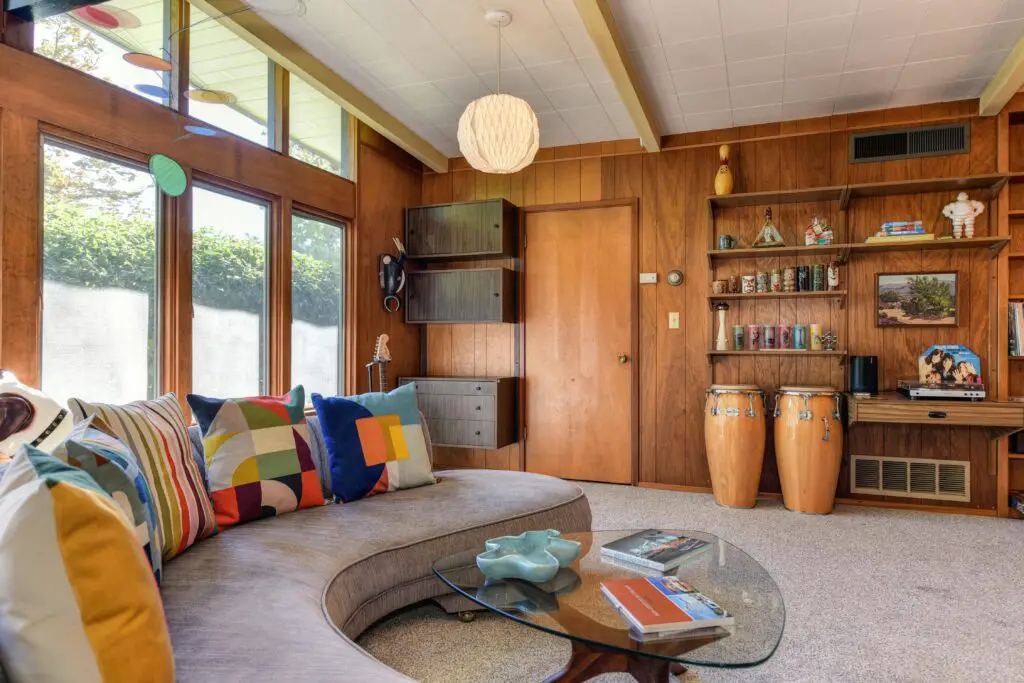
Wood paneling, particularly the natural, often reclaimed variety from mid-century homes, has enjoyed a surprising comeback in recent years. Once associated with outdated interiors, wood paneling is now admired for its warmth and rustic charm. When used on accent walls or throughout entire rooms, it creates an inviting, cozy atmosphere that many homeowners find appealing. The rare, original wood paneling found in mid-century homes is especially prized for its rich textures and patina, often fetching high prices from collectors.
As people increasingly look to add character and uniqueness to their spaces, wood paneling has found its place in modern design. The natural materials used in these panels offer a sustainable and environmentally friendly option, as reclaimed wood is often used in their creation. By incorporating wood paneling, homeowners can create a rustic yet contemporary vibe that bridges the gap between old and new. Today, wood paneling adds depth, warmth, and personality to spaces, proving that vintage design elements still have a place in modern homes.
11. Tiffany-Style Lamps
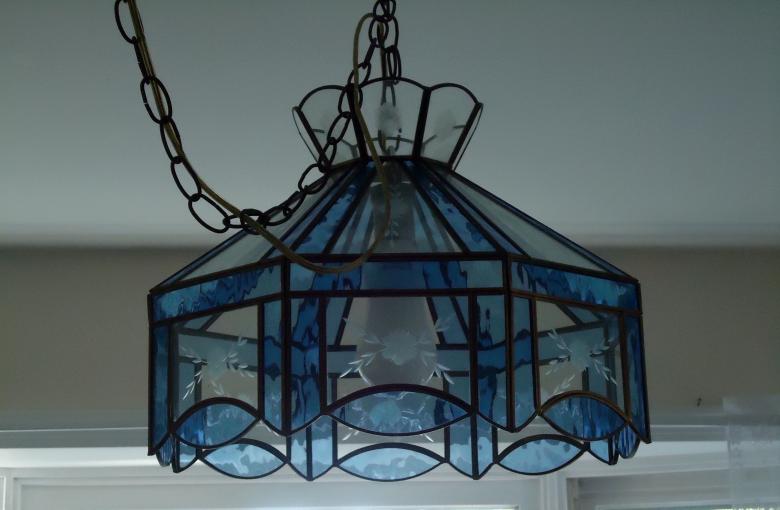
Once considered outdated, Tiffany-style lamps have made a stunning return as collectors’ items, fetching extraordinary prices for their intricate stained-glass designs. These lamps, which were once the hallmark of luxury homes, now bring vintage glamour to any space. Their colorful, hand-crafted glass shades are filled with intricate patterns, offering a warm, inviting glow when illuminated. Authentic Tiffany lamps are highly sought after, and replicas, while more affordable, still retain much of the charm and elegance of the originals.
These lamps serve as statement pieces, adding a touch of vintage sophistication to modern interiors. Their timeless appeal and connection to Art Nouveau and Art Deco movements make them a symbol of craftsmanship and luxury. Many homeowners are drawn to the romantic ambiance these lamps create, using them to infuse their spaces with both light and character. Tiffany-style lamps are once again finding their place in homes, highlighting the enduring allure of classic design.
